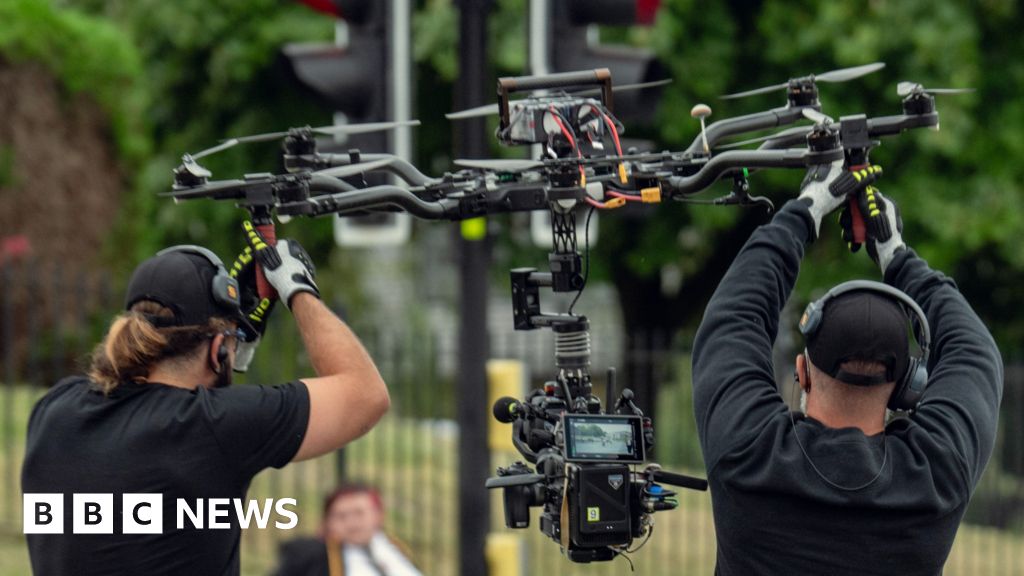- Film
Photos: Panthers rout Oilers to capture second NHL Stanley Cup in a row
时间:2010-12-5 17:23:32 作者:Crypto 来源:Science 查看: 评论:0内容摘要:New York-based writer Kim Cook covers design and decor topics regularly for The AP. Follow her on Instagram at @kimcookhome.New York-based writer Kim Cook covers design and decor topics regularly for The AP. Follow her on Instagram at @kimcookhome.
“It’s like being in a maze and you can’t find a way out,” Montgomery explained — until the surgeons decided to pair a heart pump with a pig kidney.With emergency permission from the Food and Drug Administration, Montgomery chose an organ from a pig genetically engineered by United Therapeutics Corp. so its cells don’t produce a particular sugar that’s foreign to the human body and triggers immediate organ rejection.

Plus a tweak: The donor pig’s thymus gland, which trains the immune system, was attached to the donated kidney in hopes that it would help Pisano’s body tolerate the new organ.Surgeons implanted the LVAD to power Pisano’s heart on April 4, and transplanted the pig kidney on April 12. There’s no way to predict her long-term outcome but she’s shown no sign of organ rejection so far, Montgomery said. And in adjusting the LVAD to work with her new kidney, Moazami said doctors already have learned lessons that could help future care of heart-and-kidney patients.Special “compassionate use” experiments teach doctors a lot but it will take rigorous studies to prove if xenotransplants really work. What happens with Pisano and Mass General’s kidney recipient will undoubtedly influence FDA’s decision to allow such trials. United Therapeutics said it hopes to begin one next year.

The Associated Press Health and Science Department receives support from the Howard Hughes Medical Institute’s Science and Educational Media Group. The AP is solely responsible for all content.PHILADELPHIA (AP) — Jazmin Evans had been waiting for a new kidney for four years when her hospital revealed shocking news: She should have been put on the transplant list in 2015 instead of 2019 — and a racially biased organ test was to blame.

As upsetting as that notification was, it also was part of an unprecedented move to mitigate the racial inequity. Evans is among more than 14,000 Black kidney transplant candidates so far given credit for lost waiting time, moving them up the priority list for their transplant.
“I remember just reading that letter over and over again,” said Evans, 29, of Philadelphia, who shared the notice in a TikTok video to educate other patients. “How could this happen?”More fast approvals appear likely. Trump’s order also applies to oil, gas, coal, biofuel and hydropower projects — but not renewable energy — on federal lands.
Global uranium prices are double what they were at a low point seven years ago and, for the past year, the U.S. hasdue to that country’s 2022 invasion of Ukraine.
More domestic mining would. The U.S. imports about 98% of the uranium it uses to generate 30% of the world’s nuclear energy. More than two-thirds of U.S. imports come from the world’s top three uranium-mining countries: Canada, Australia and Kazakhstan.
- 最近更新
- 2025-07-07 09:52:24Fri Jul 4, 3:10 PM EDTSNYNYY48-38NYM49-38
- 2025-07-07 09:52:24Five musicians murdered in suspected Mexican cartel killing
- 2025-07-07 09:52:24Misleading posts obtaining millions of views on X
- 2025-07-07 09:52:24Photos: Ukrainian farmers risk lives to clear mines with rakes and tractors
- 2025-07-07 09:52:24a massive great white shark hunts people swimming
- 2025-07-07 09:52:24Newsom mentioned Trump stumbling
- 2025-07-07 09:52:24Thu 8:05 PM EDTCLEGCLE40-44CHC51-35
- 2025-07-07 09:52:24Thu 7:10 PM EDTSNYMIL48-38NYM49-38
- 热门排行
- 2025-07-07 09:52:24Ree Drummond’s Perfectly Baked Beans
- 2025-07-07 09:52:24Film and TV model maker warns skill may disappear
- 2025-07-07 09:52:24Hamantaschen with Four Fillings
- 2025-07-07 09:52:24Trump is breaking US judicial system, says star litigator Abbe Lowell
- 2025-07-07 09:52:24How to recession-proof your retirement: 7 smart strategies to fortify your nest egg
- 2025-07-07 09:52:24Golden eagles soaring south back to English skies
- 2025-07-07 09:52:242026 COLA Prediction Update - May
- 2025-07-07 09:52:24As Israel faces diplomatic 'tsunami', Trump is staying quiet
- 友情链接
- A disgusting heat wave is coming — Here are 20 cooling fans on sale at Amazon Trump ‘very unhappy’ with Israel over violating ceasefire with Iran Iran attacks US military base in Qatar Will Iran block the Strait of Hormuz? Trump ‘very unhappy’ with Israel over violating ceasefire with Iran smart speakers or the latest in tech such as The best headphones for more restful sleep of 2025 The best hair growth products of 2025, according to hair loss experts Early-season heat dome brings highest temperatures in years to parts of Eastern U.S Calm returns to Qatar following Iran’s attack on Al Udeid airbase Trump claims ceasefire reached between Israel and Iran Trump’s budget demands, Iran to split NATO summit focus 20 genius kitchen accessories under $30 that every kitchen needs A disgusting heat wave is coming — Here are 20 cooling fans on sale at Amazon The best at-home Botox alternatives, according to dermatologists Early-season heat dome brings highest temperatures in years to parts of Eastern U.S Iran attacks US military base in Qatar Have Israel and Iran agreed to a ceasefire? What we know The 11 best hot sauces of 2025, according to chefs House Beautiful7 ways to prepare your home for extreme heat, according to experts AOLWorried about tariffs? Here’s what prices are rising — and what’s still safe to buy Kari Lake guts Voice of America as U.S. reporters face threats abroad Central Park hits temp record last seen on this date in 1888 as heat wave hits easter… As visitors flock to parks, deep cuts leave rangers and wildlife at risk AOLA disgusting heat wave is coming — Here are 20 cooling fans on sale at Amazon Iran attacks US military base in Qatar The Hidden Struggles of Women’s Health Cute and flattering not-too-short shorts that will keep you cool all summer long As visitors flock to parks, deep cuts leave rangers and wildlife at risk House Beautiful7 ways to prepare your home for extreme heat, according to experts
